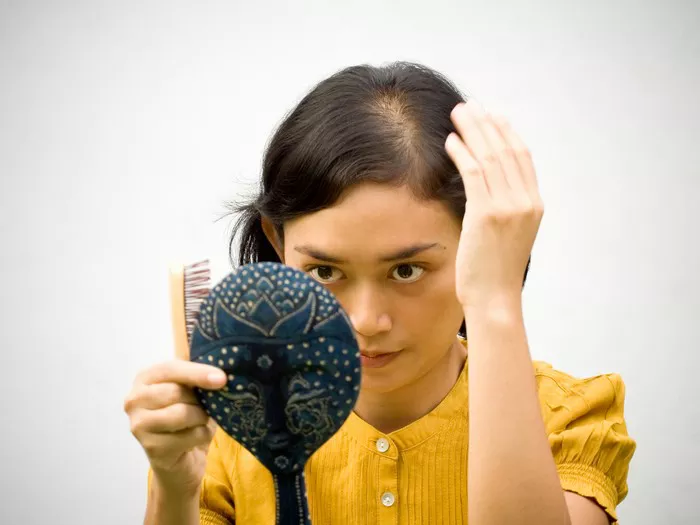Hair is often considered a crowning glory, and for many women, the experience of hair loss can be emotionally challenging. Female Pattern Baldness (FPB), a common but under-discussed condition, affects women of various ages. In this comprehensive guide, we’ll delve into the causes, symptoms, and available treatments for FPB, aiming to provide valuable insights and support for those navigating this unique aspect of women’s health.
1. Understanding Female Pattern Baldness
Female Pattern Baldness, also known as androgenetic alopecia, is a hereditary condition that results in progressive thinning of the hair in women. Unlike male pattern baldness, which often leads to complete bald spots, FPB typically manifests as a diffuse reduction in hair density. The condition is influenced by genetic and hormonal factors, with an increased sensitivity of hair follicles to the hormone dihydrotestosterone (DHT) playing a significant role.
2. Signs and Symptoms
Recognizing the signs of FPB is crucial for early intervention. Common symptoms include a widening part, a noticeable reduction in hair volume, and increased shedding during hair washing or brushing. Some women may also experience a change in the texture of their remaining hair, with finer and shorter strands becoming more prevalent.
3. Diagnosis and Evaluation
If you suspect you are experiencing FPB, seeking professional evaluation is essential. Dermatologists specializing in hair disorders can perform a thorough examination, considering your medical history, family history, and conducting additional tests to rule out underlying health conditions contributing to hair loss.
4. Treatment Options for FPB
Addressing FPB involves a multifaceted approach, considering both medical and cosmetic interventions. FDA-approved topical minoxidil, an over-the-counter medication, has shown efficacy in promoting hair growth. Additionally, prescription medications like spironolactone may be recommended to counteract the hormonal factors contributing to FPB.
5. Cosmetic Solutions and Hair Care Practices
Beyond medical interventions, various cosmetic solutions can help manage the aesthetic aspects of FPB. Wigs, hairpieces, and hair extensions provide options for styling and self-expression. Embracing hairstyles that minimize the appearance of thinning, such as layering and strategic cutting, can also boost confidence.
6. Lifestyle and Dietary Considerations
Maintaining overall health is integral to managing FPB. A balanced diet rich in vitamins and minerals, especially those supporting hair health like biotin and iron, can make a positive impact. Stress management techniques, regular exercise, and adequate sleep contribute to overall well-being, potentially influencing hair growth.
FAQs about Female Pattern Baldness
Q1: Can FPB be prevented?
Currently, there is no foolproof method to prevent FPB, as genetic factors play a significant role. However, early intervention and a holistic approach to hair care can slow down the progression of the condition.
Q2: Are there natural remedies for FPB?
While no natural remedy guarantees complete reversal of FPB, some individuals find benefit from using essential oils, scalp massages, and dietary supplements. It’s essential to consult with a healthcare professional before trying any alternative treatments.
Q3: How soon should I seek help if I suspect FPB?
Prompt consultation with a dermatologist is advisable if you notice signs of FPB. Early intervention can enhance the effectiveness of treatment options and improve outcomes.
Q4: Does FPB affect women of all ages equally?
FPB can occur at any age, but it is more commonly observed in post-menopausal women. However, some women may experience early-onset FPB, highlighting the importance of individualized evaluation and treatment plans.
Q5: Can styling habits contribute to FPB?
Excessive styling, tight hairstyles, and the use of harsh chemicals can contribute to hair damage and breakage. While these factors may exacerbate the appearance of FPB, they are not direct causes. Adopting gentle hair care practices is generally advisable for overall hair health.
In conclusion, Female Pattern Baldness is a multifaceted condition that requires a comprehensive approach to diagnosis and management. By understanding the causes, recognizing symptoms early, and exploring appropriate treatment options, women can navigate the challenges of FPB with knowledge and confidence. Seeking professional guidance and adopting a holistic approach to hair care are essential steps towards maintaining both physical and emotional well-being.

